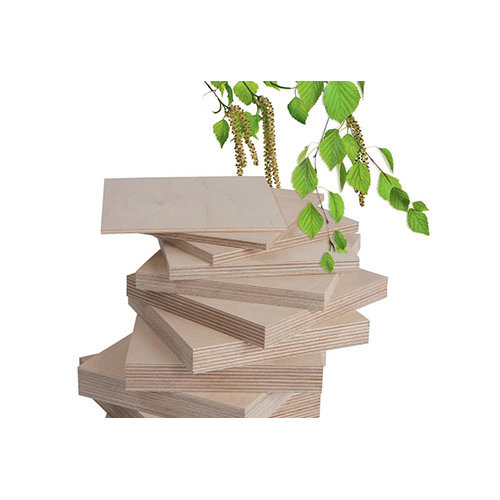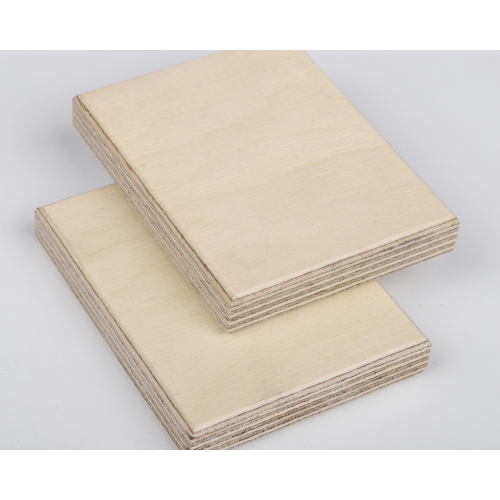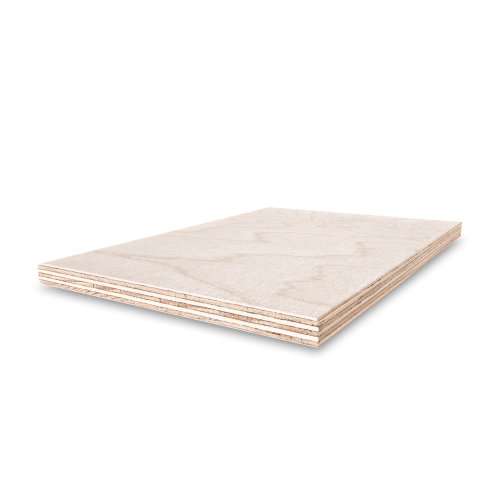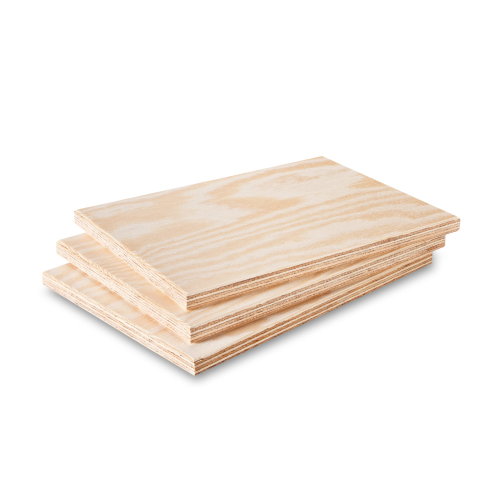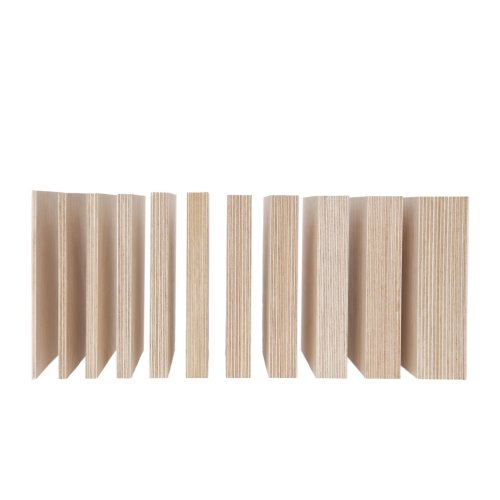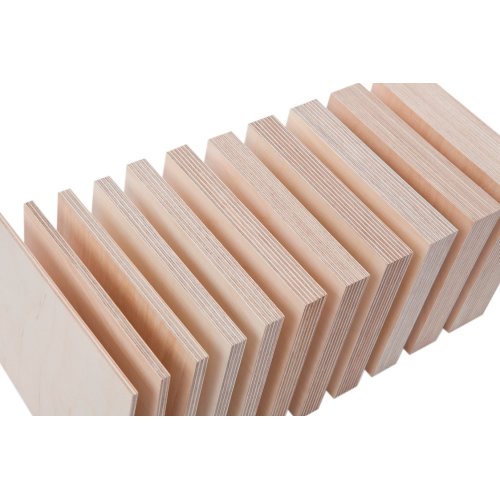What is Raw Plywood?
Raw plywood is produced by bonding thin wood veneer layers to each other in high-pressure hot presses using WBP (Water Boiled Proof, phenol-formaldehyde) or MR (Ureformaldehyde) glue. The thickness of a single layer must be between 0.2 – 3.2 mm. Wooden layers are manufactured in such a way that the fiber direction is perpendicular to each other and as an odd number of layers such as 3-5-7, except for special cases.The top coating is generally preferred as knotless decorative or knotty depending on the desired properties at the place of use.
Birch plywood, sanded on both sides. Birch plywood has a wide range of applications. The plywood consists of veneers with a thickness of 1.4 mm with cross bonding. It forms the basis of all other types of birch plywood products.
Why Prefer Raw Plywood?
Wood species used in the production of Raw plywood are preferred because they have a decorative natural appearance, can be manufactured in desired sizes, are easy to process, and are much more durable than other wood products.One of the areas where it is used the most is furniture, interior, and exterior architecture.
The edges are painted with special paints such as acrylic and epoxy, and the plywood is protected against external factors such as water, moisture, and various chemicals, thus making it possible for the material to have a longer life.
- Interior and exterior decoration applications, building facade cladding and floor deck applications,
- In the manufacture of all kinds of furniture,
- In areas where marine vehicles and architecture such as ships, yachts, and piers are located,
- It is used on the floors and side walls of vehicles such as buses, trucks, lorries and wagons.
- In vehicle body, refrigerated body, caravan and vehicle superstructure manufacturing,
- In the manufacture of laminated parquet, floor covering,
- In roof, wall and floor manufacturing,
- In the manufacture of children's toys, playgrounds and park garden furniture,
- In interior and exterior door manufacturing,
- Advertising boards, indoor and outdoor exhibition area manufacturing,
- In mold manufacturing, machinery industry, milling machine and many manufacturing industries,
- And in many areas where solid wood is used.
In addition to our filmless plywood products, you can also review our film-faced plywood and special plywood products.
What are the dimensions of Raw Plywood ?
The dimensions of Raw plywood vary between 3mm and 50mm depending on the area to be used.The thickness of a single layer is between 0.2 and 3.2 mm.
The dimensions of such plywood are most often produced in sizes of 1250x2500 mm.
- 2500 mm x 1250 mm
- 3000 mm x 1500 mm
- 2440 mm x 1220 mm
- 1525 mm x 1525 mm
Definition of quality:
B (I) - ideal surface for high-quality painting and varnishingS (II) - the ideal surface for quality painting and varnishing.
BB (III) - ideal surface for painting and varnishing, ideal for transparent and non-transparent thicker coatings, films, interior paint and other surface treatments.
WG,CP(IV) - for use where surface appearance is not important.
Snagged surface.
WGE,C - is WG grade plywood in which all open defects, crevices, knot holes, split knots, peeling defects, prints, and holes are repaired with putty.
Unpastished areas are not allowed.
Frequently Asked Questions About Raw Plywood
What are the Thicknesses Raw Plywood?Plywood thicknesses vary depending on the structure and where the product will be used. There are filmless plywood thicknesses of 3mm, 4mm, 6mm, 8mm, 9mm, 12mm, 15mm, 18mm, 21mm, 24mm, 27mm, 30mm, 35mm, 40mm, 50mm.
Thicknesses and lengths of plywood are made at the request of customers.
It is resistant to water according to the wood entering the process and its thickness.
In addition, pattern shapes can also be made according to customers' requests.
Prices for Filmless Plywood 2022
Prices for raw plywood vary depending on the wood being processed, its thickness and length.
In short, calculations are made on the material name, plate dimensions, 1 plate price and 1 m2 price.
You can get information about the prices of raw plywood by contacting Baba Yapı.
What are the Tree Types of Raw Plywood?
Not every tree is easily consumed in every sector.
It has been observed that some trees facilitate human life due to their many properties such as flexibility, water resistance, durability and have been used by people.
Among the types of filmless plywood are poplar, beech, pine, birch and exotic.
It is usually obtained from trees growing in temperate and cold climates.
How to Buy Raw Plywood?
After determining the intended use and requirements of people, orders can be made both online and in one-to-one stores.
While customers can give the dimensions with their own information when ordering from the stores, if they do not know, they can determine the dimensions and thicknesses and place an order with the masters provided by the stores.
In the Internet environment, it is generally preferred by people with knowledge.
You can contact Baba Yapı for filmless plywood.
Does Raw Plywood Mold or Rot?
It causes moisture to leave the floor in disrepair and wash it with watery, wet materials and leave the floor wet.
There may often be mold in places that cause moisture, and if these molds are not treated in a timely manner, certain rotting can also occur.
As a priority, the cause of moisture should be eliminated.
After that, the place that has become moldy should be cleaned with apple cider vinegar, and the molds should be cleaned with gloves and thrown in the trash.
What Should Be Considered When Buying Raw Plywood?
As in any field, the choice of materials is very important in this field.
The number of layers must be at least 13 times higher and a hard wood must be selected.
The choice of corner protection materials also plays an important role.
Customers should always follow the product to be made and have it made according to their wishes and needs.r.
